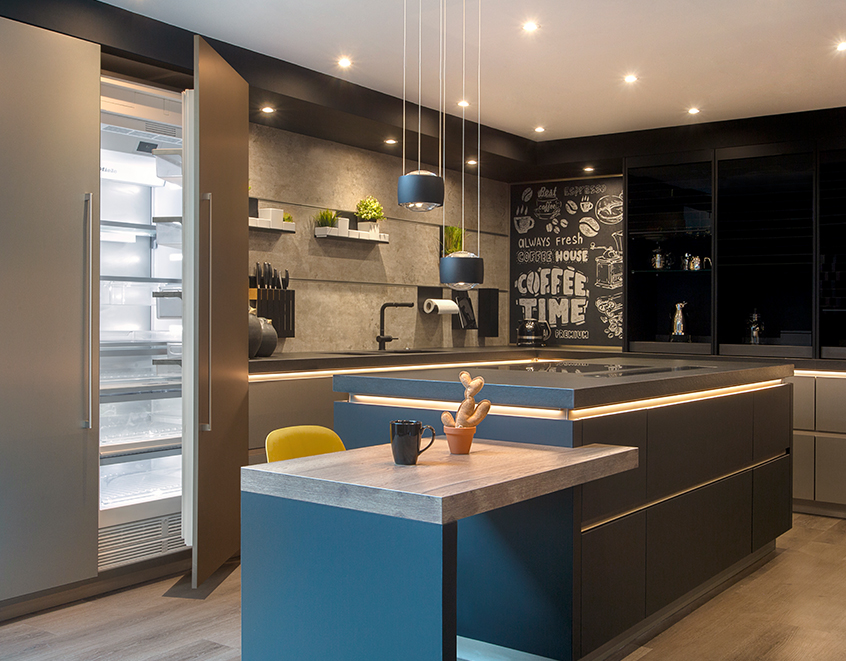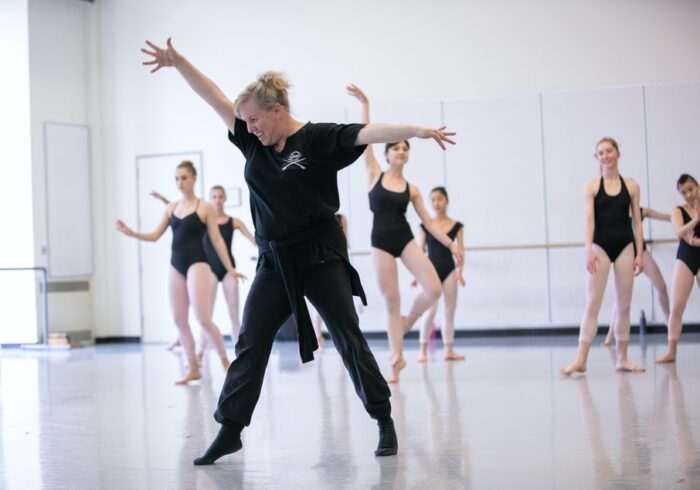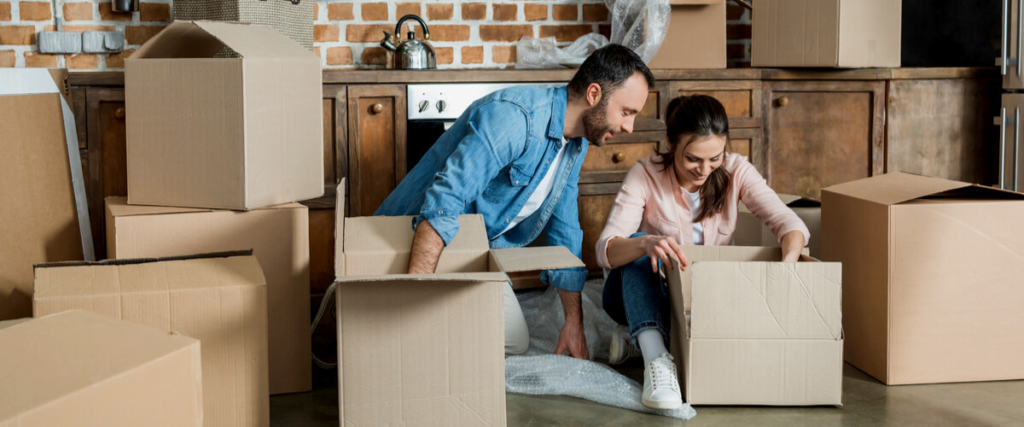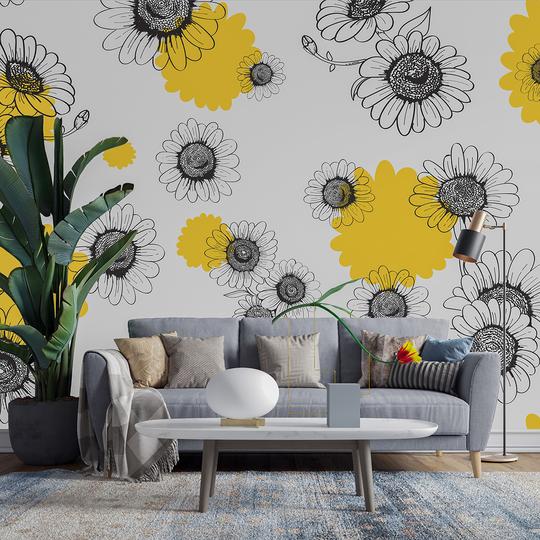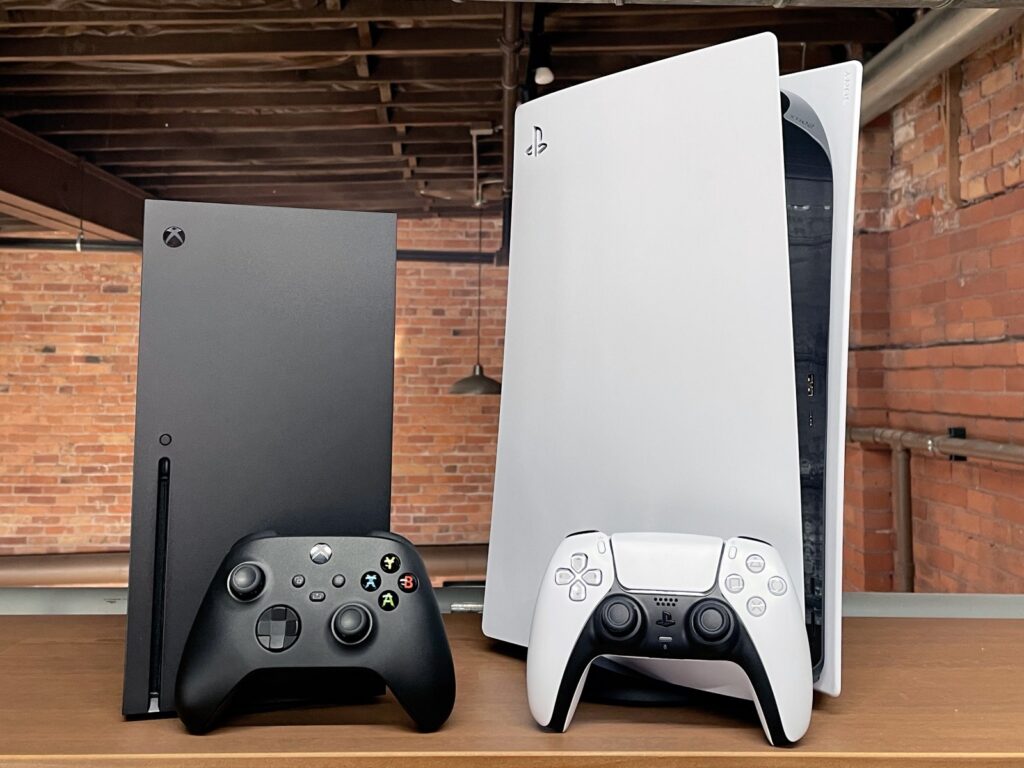Creating a dedicated coffee bar during your kitchen renovation is a fantastic way to elevate your daily coffee ritual and add a touch of luxury to your home. Whether you’re a casual coffee drinker or a passionate aficionado, a well-designed coffee bar can improve your kitchen’s functionality and style. Here’s a guide to help you plan and install a coffee bar that fits smoothly into your kitchen.
Determine the location:
The first step in installing a coffee bar is to choose the right location. Ideally, your coffee bar should be near your kitchen’s main prep and cooking areas but away from high-traffic spots to avoid congestion. Look for an area with convenient access to water and power sources. If space allows, a corner or a dedicated section of your countertop can work well. For smaller kitchens, consider utilizing a portion of your existing counter space or incorporating a coffee bar into a pantry or closet area.
Plan the layout:
Once you’ve selected a location, plan the layout of your coffee bar. Consider including essential elements such as:
Coffee maker: Choose a coffee maker that suits your brewing preferences, whether it’s a drip coffee machine, espresso maker, or French press. Ensure it fits comfortably within your designated coffee bar area.
Counter space: Allocate enough counter space for your coffee maker and other accessories. Include room for a grinder, milk frother, and any other tools you frequently use.
Storage: Incorporate cabinetry or shelves to store coffee beans, mugs, and other supplies. Use cabinets or drawers for more discrete storage, and open shelves for easy access to frequently used items.
Accessories: Add stylish storage solutions for coffee-related accessories, such as canisters for coffee beans, a tray for mugs, or a spoon holder.
Choose your materials:
Select materials that complement your kitchen’s existing décor and are practical for a coffee bar. Opt for durable countertops, such as granite, quartz, or butcher block, that can withstand heat and spills. For cabinetry, choose materials that match or contrast with your kitchen’s design. Additionally, consider incorporating a backsplash behind the coffee bar area to protect the wall from stains and splashes while adding a decorative touch.
Incorporate lighting:
Good lighting is essential for a coffee bar. Consider installing under-cabinet lighting or pendant lights above the coffee bar to create a well-lit and inviting space. Proper lighting improves the functionality of your coffee bar and also highlights its design elements, making it a focal point in your kitchen.
